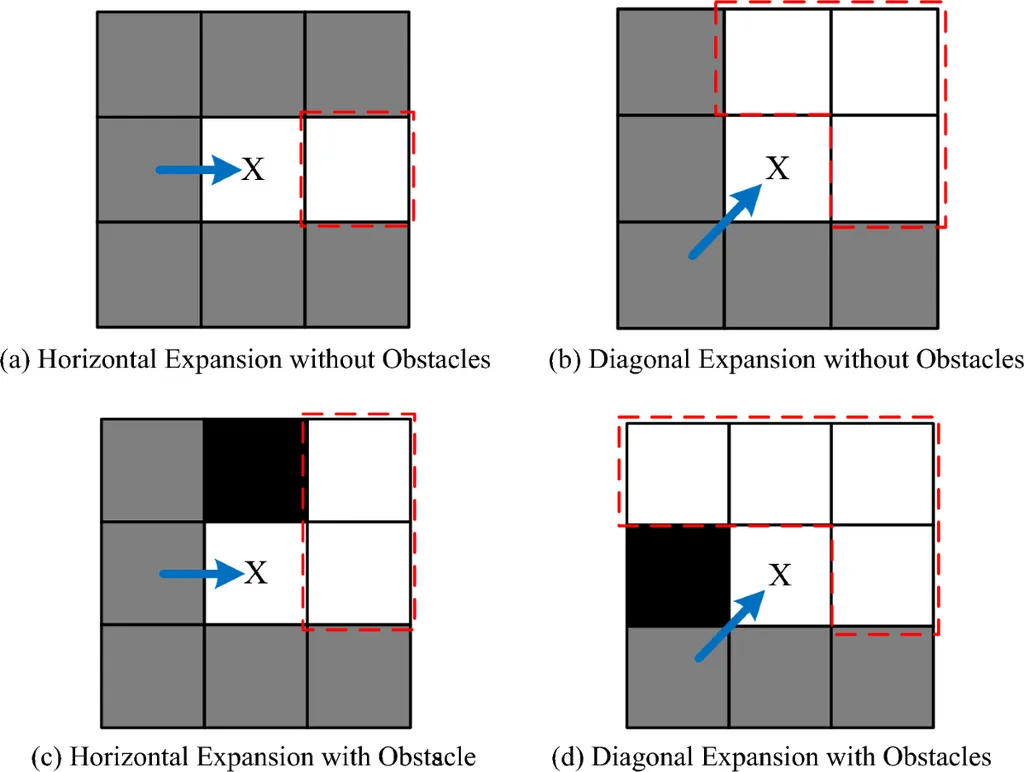Researchers Chao Ge and Ge Chen, affiliated with the University of Technology Sydney, have developed a groundbreaking online optimal control algorithm for unmanned systems (USs), addressing critical challenges in real-time pathfinding under poor communication conditions. Their work, titled “Optimal Control for Unmanned Systems with One-way Broadcast Communication,” presents a novel solution for military and civilian applications, particularly in scenarios where traditional pathfinding algorithms fall short.
The researchers highlight the growing importance of unmanned systems, including aerial, underwater, and ground vehicles, in both military and civilian sectors. A key challenge in deploying these systems is the need for real-time, optimal pathfinding in dynamic and communication-constrained environments. Traditional algorithms often struggle to deliver optimal paths under these conditions, prompting the need for innovative solutions.
Ge and Chen’s algorithm leverages a one-way broadcast communication mode, designed for scenarios with mobile targets, radars (or sonar), and missiles (or torpedoes). By employing the principle of receding horizon control, the algorithm generates optimal or suboptimal paths using neural network approximation theory and gradient optimization techniques. This approach ensures low computational requirements, making it feasible for real-time applications.
One of the standout features of the algorithm is its ability to ensure that each agent within the unmanned system can reach its target in finite time, provided certain conditions are met regarding the agents, targets, and radar-missile systems. The researchers have also conducted a convergence analysis to validate the algorithm’s effectiveness.
Simulations conducted by the team demonstrate the algorithm’s capability to generate optimal or suboptimal paths in real time. These simulations also show that the algorithm effectively avoids collisions with other agents and evades detection by enemy radars, underscoring its practical utility in high-stakes military and security operations.
The implications of this research are significant for the defence and security sector. Unmanned systems are increasingly being deployed in complex and hostile environments, where real-time decision-making and optimal pathfinding are critical. The algorithm developed by Ge and Chen offers a robust solution to these challenges, enhancing the operational effectiveness of unmanned systems in both military and civilian applications.
As the defence industry continues to invest in advanced unmanned technologies, innovations like this algorithm will play a pivotal role in shaping the future of autonomous systems. By addressing the limitations of traditional pathfinding algorithms, Ge and Chen’s work paves the way for more reliable and efficient unmanned operations, ultimately contributing to enhanced security and mission success. Read the original research paper here.

